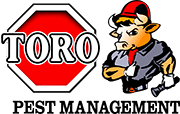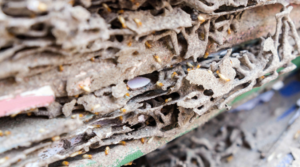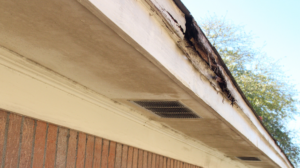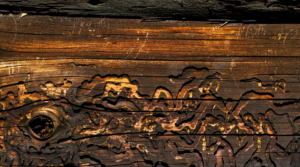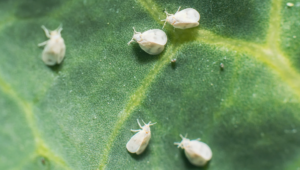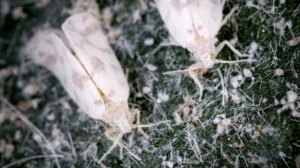Formosan termites, often referred to as ‘super termites’, have garnered a reputation as one of the most destructive pests in the world. Originating from East Asia, these tenacious creatures have spread to numerous countries, causing significant concern for homeowners, the construction industry, and ecologists alike.
The reasons behind this concern are multifaceted, involving the termites’ remarkable reproductive capabilities, their aggressive nature, and their extensive damage potential.
Exceptional Reproduction and Colony Size
Formosan termites are notably prolific breeders. A single colony, which can live up to 20 years, can contain millions of termites – significantly more than the few hundred thousand typically found in native termite colonies. This vast number of termites can consume a substantial amount of wood, with estimates suggesting up to 400 grams per day.
Furthermore, the reproductive capacity of Formosan termites is quite remarkable. A mature queen can lay thousands of eggs per day, allowing the colony to quickly regenerate any losses and continuously expand. This rapid growth makes them particularly challenging to eradicate once established.
Aggressive Foragers and Resilient Survivors
Formosan termites are extremely aggressive foragers. They can infiltrate structures from the ground up, chewing through non-wood materials such as plaster, plastic, and even thin sheets of soft metal in search of food. This makes them a major threat to buildings, as they can compromise the structural integrity of a property without any visible signs until the damage is extensive.
Adding to this, Formosan termites are resilient creatures. They have the unique ability to create a moisture-retaining carton nest within the walls of a building, which allows them to maintain a presence even if the conditions outside become unfavorable. This adaptability allows them to thrive in a variety of environments, making them a ubiquitous threat.
Significant Economic Impact
The economic impact of Formosan termites is staggering. In the United States alone, they cause an estimated $1 billion per year in property damage, repairs, and control costs. Unlike damage from natural disasters, termite damage is typically not covered by homeowners insurance, leading to out-of-pocket expenses for property owners.
Environmental Concerns
While their impact on human structures is concerning, Formosan termites also pose a threat to natural ecosystems. As non-native species, they can disrupt local ecosystems by out-competing native termite species for resources, leading to a decrease in biodiversity.
In conclusion
Formosan termites are concerning due to their reproductive capabilities, aggressive foraging behaviors, and the substantial economic and environmental damage they cause. They present a significant challenge for pest control efforts and will likely continue to be a matter of global concern in the foreseeable future. As such, further research and robust pest control measures are essential to mitigate the impact of these destructive creatures.
